What Needs To Happen for the Mets’ Rotation To Succeed in 2025
In a 2024 season full of surprises, the Mets' starting rotation shocked many. Here's how they could do that again in 2025.
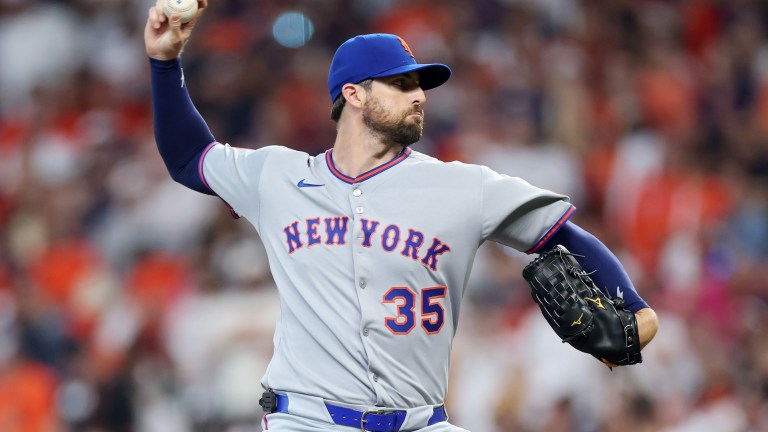
One of the key storylines during the New York Mets‘ miracle run to Game 6 of the National League Championship Series last year was a starting rotation that took the team a long way without much star talent.
Kodai Senga — who was the incumbent ace after a 2023 season that placed him second in NL Rookie of the Year voting — went down before the season even began with a shoulder injury in February.
What was initially perceived to be a minor problem turned out to sideline Senga until July. 5 ⅓ innings into his return, he sustained a calf injury that knocked him out for the rest of the regular season. Without him, the Mets were left to scrape together a rotation composed of veterans that were a few years removed from their respective peaks.
To start, Luis Severino turned a 6.65 ERA in 2023 into a 3.91 ERA in 182 innings in 2024. His bounce-back netted him a nice payday with the Athletics, leaving a void in New York’s rotation.
Continuing the trend of surprising turnarounds last year, Sean Manaea earned a starting role in 2024 and produced a 3.47 ERA in 181 ⅔ innings, enough for an eleventh-place finish in NL Cy Young voting. He returned to the Mets for 2025 on a three-year, $75 million contract.
Senga’s presumed health and Manaea’s reunion with the club figured to give New York two stable options atop their rotation. However, a spring training injury to Manaea complicated things.
Even with Manaea and newcomer Frankie Montas down for the time being, the 2025 iteration of the Mets rotation still holds the potential to be a surprising strength for a second year in a row.
Kodai Senga Needs To Come Back Strong
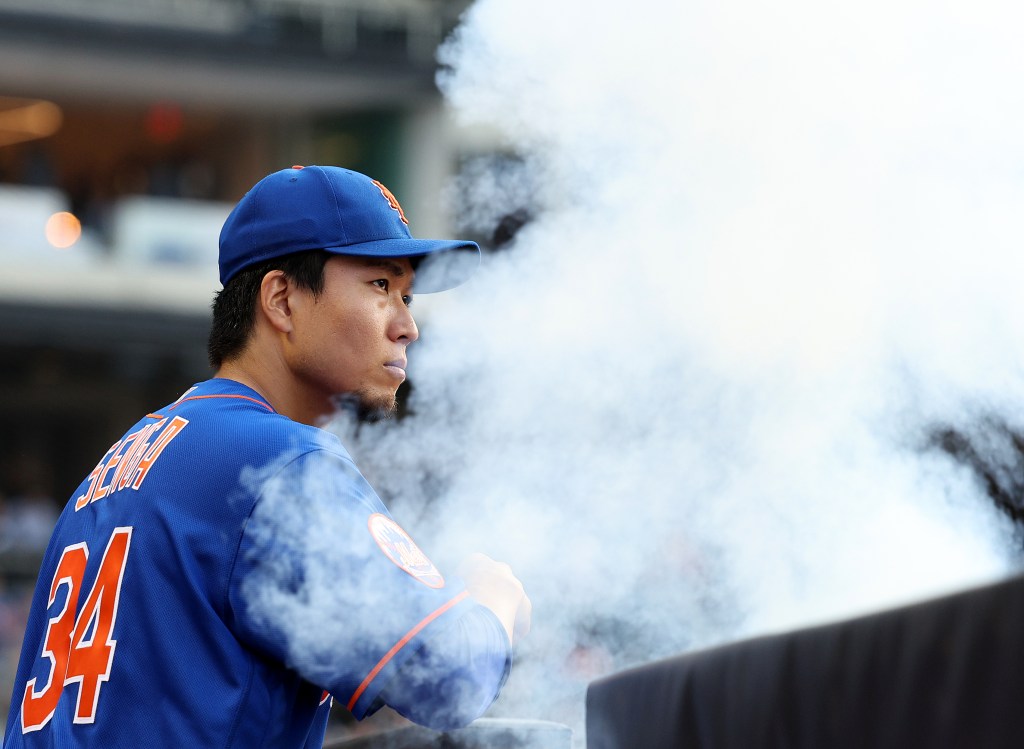
The first thing that will absolutely need to happen for New York is that Kodai Senga must be healthy and dominant.
As mentioned above, Senga was limited to less than six innings in the 2024 regular season. His two playoff outings were unimpressive, as he gave up a leadoff home run to Kyle Schwarber in Game 1 of the NLDS before allowing three runs in 1 ⅓ innings while distributing four walks in the first game of the NLCS.
Senga broke onto the scene in 2023. With Max Scherzer and Justin Verlander both shipped away at the trade deadline that year, Senga went from the team’s No. 3 starter to being the ace rather quickly, and deservedly so.
As a rookie, he accumulated 4.5 bWAR while holding a 2.98 ERA across 166 ⅓ innings. He struck out 202 batters, which amounted to 10.9 punchouts per nine innings.
Last year was a lost season for the Japanese-born righty, who is entering his age-32 campaign. It is anticipated that Senga will be on an innings limit of sorts in 2025, having thrown less than 20 cumulative innings in the majors last year. He is slated to pitch the Mets’ fifth game of the season, which figures to be on April 1 in Miami.
Once Senga is fully ramped up and back to throwing the way he was two years ago, he is a shoo-in to be manager Carlos Mendoza’s top option, but until then, the Mets rotation will be without a true ace.
Clay Holmes Must Transition Smoothly

Clay Holmes has been one of the better relievers in the game for the past few seasons in the Bronx, picking up a pair of All-Star nods in 2022 and 2024. Across 220 games with the Yankees, he pitched to an ERA of 2.69. Now, the Mets are moving him to the rotation, a role that he held through the minor leagues prior to his 2018 debut.
Despite having made just four career starts (all of them back in 2018), Holmes excelled throughout spring training.
In New York’s first game of Grapefruit League play, he threw three perfect innings with a trio of strikeouts. He continued to thrive throughout his five spring starts, pitching 19 ⅓ total innings with an ERA of 0.93. Additionally, he struck out 23 batters while debuting his new “kick-change.”
With the move to the rotation, Holmes will be tasked with tackling a lineup at least twice through, a change from his previous role. Given his issues with left-handed hitters in the past, Holmes added the kick-change to his arsenal to combat those problems.
Holmes was rewarded for his strong spring, as Mendoza named him the Opening Day starter for the Mets. He turned in 4 ⅔ innings, giving up three runs (two earned) on five hits and four walks.
David Peterson Must Repeat Last Year’s Success
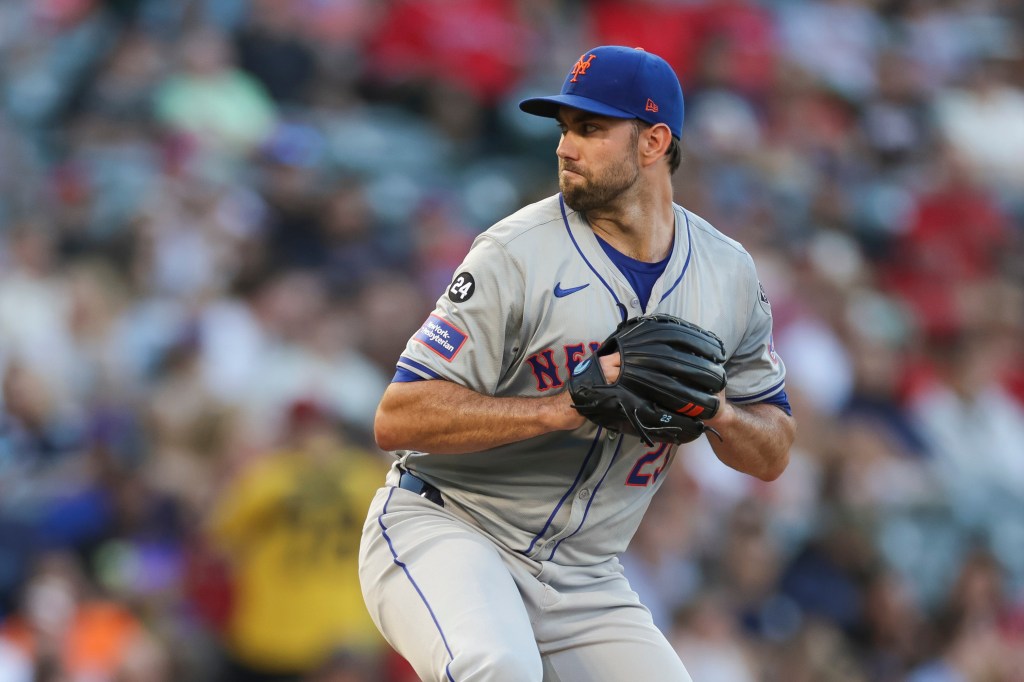
One of the unsung heroes of the 2024 Mets was David Peterson, who had struggled in parts of four MLB seasons to that point. From 2020 through 2023, Peterson pitched to a 4.51 ERA, eventually undergoing hip surgery after the 2023 season.
Although going under the knife prevented him from starting the ’24 season on time, it eventually led to success for the Colorado native.
“Having good range of motion in the hip and being able to move the right way [is huge],” Peterson told the New York Post. “Some other things [in my delivery] kind of subsequently got cleaned up and feel better than they did before. I’m not working as hard to try to protect everything since the hip is doing what it’s supposed to now.”
Those good feelings translated into success on the field, as Peterson had a 2.90 ERA across 21 starts, compiling a career-high 121 innings pitched. Yet, some concerns arose from his expected stats, as his xERA was nearly two runs higher than his actual figure. His 4.59 xERA ranked in the 22nd percentile in MLB, according to Baseball Savant.
Additionally, a low 19.8% strikeout rate meant that Peterson was relying on strong defense for his success. With Francisco Lindor manning shortstop, the infield defense will never be a liability for New York. However, Mark Vientos, Brett Baty and Pete Alonso still cause concern defensively for Mets fans.
If Peterson can find a way to replicate the success he had last season, he will be a huge piece for a club that is desperate for length in the starting rotation.
The Mets Need Timely Returns From Manaea and Montas
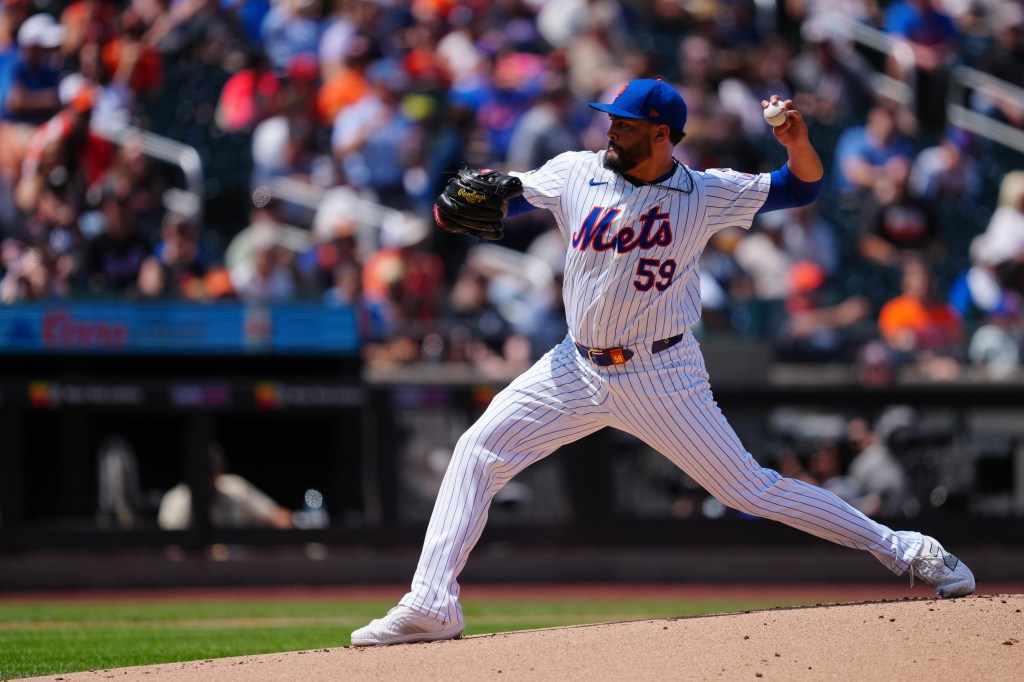
President of baseball operations David Stearns was extremely active this winter as he tried to plug holes in the Mets rotation. Two of the moves he made were bringing back Manaea and reeling in Montas from the free agent market.
Unfortunately for New York, both went down towards the beginning of spring training. Montas went down first, getting shut down for 6-8 weeks on Feb. 17 with a high-grade lat strain. Shortly after, on Feb. 24, it was announced that Manaea would halt his throwing program and miss Opening Day.
With Montas, the Mets will miss his potential to offer reliable innings. After injuries in 2022 and 2023, he totaled 150 ⅔ innings in 2024 between the Reds and Brewers. His stats improved after the team switch, as his ERA went from 5.01 to 4.55. His K/9 also skyrocketed from 7.52 to 11.0.
Montas’s initial timeline suggested a mid-May return would be the “best-case scenario.” However, Anthony DiComo of MLB.com added that more realistically, we will not see Montas until later that month or even into June.
Manaea, on the other hand, suffered a much shorter-term injury. He was shut down at the beginning of camp after experiencing soreness throughout the offseason in his right oblique. DiComo gave Manaea a tentative return date of mid-to-late April.
Once those two are back in the fold, the Mets will feel much more confident in their pitching situation. Until then, they will rely on depth pieces to keep them afloat.
The Back of the Mets’ Rotation

This is where the wild cards come in.
When Manaea and Montas went down, Mendoza needed to pick from the next crop of arms after Senga, Holmes and Peterson.
Enter Tylor Megill, Griffin Canning and Paul Blackburn. Those three spent the spring battling for the final two rotation jobs, and they all could be utilized in various roles throughout the year.
Eventually, Megill and Canning earned the spots, although the fact that Blackburn landed on the IL before Opening Day with right knee inflammation made the whole competition moot.
Megill is the go-to spot starter for New York. Last year, he made 15 starts for the team, posting a 4.04 ERA. His K/9 jumped from 7.5 in 2023 to 10.5 in 2024 — the highest mark of his career.
Given his track record of filling in for the Mets, he seemed like the easy fit to take either Montas’s or Manaea’s spot. Megill pitched to varying degrees of success in camp, as his ERA was 4.24, but he kept his WHIP at 1.18 — below his career average.
The righty went five innings deep in his first start of the 2025 season, giving up one run on three hits while striking out six.
In 2024, Canning made 31 starts for the Halos and did not see much success whatsoever. He lost 13 games and held a 5.19 ERA. After being drafted in the second round out of UCLA in 2017, Canning has not lived up to that hype as his career ERA borders five.
However, this spring, he pitched 14 ⅓ innings in camp and held a 1.88 ERA. Additionally, he struck out 22 batters, which is a lot for someone who has averaged just 8.6 K/9 over the first five seasons of his MLB career.
Taking the ball for the third game of the 2025 season, Canning pitched 5 ⅔ innings of two-run ball. Still, he has many more battles to fight if he wants to put his 2024 season – in which he allowed the most runs in the American League – behind him.
Unlike his competition, Blackburn struggled this spring. His WHIP soared to 1.34 while his ERA sat at 5.68 after 12 ⅔ spring innings.
After coming over from Oakland at last year’s trade deadline, Blackburn made just five starts before getting injured. He suffered a right-hand contusion after being struck by a comebacker in San Diego. It was later revealed that he had a spinal fluid leak in his back.
Blackburn is not expected to be on the IL for long. When he returns, he will likely stay stretched out, making a home for himself as a long reliever in the Mets bullpen. He’ll be on call if another starter goes down.
More Rotation Options for the Mets
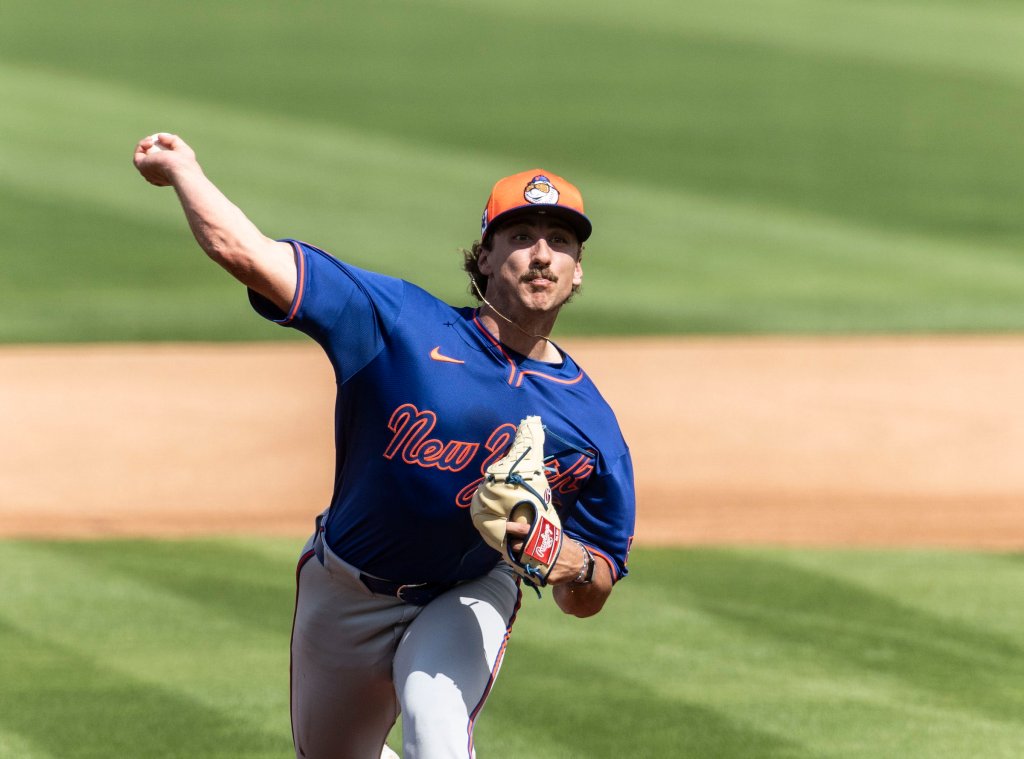
If all goes wrong and New York still needs help on the pitching front, they can dip into their bullpen or minor league system.
Max Kranick chiseled out a role for himself in Mendoza’s bullpen after a strong Grapefruit League performance, but he is also capable of starting. Kranick pitched to a 1.46 ERA in 12 ⅓ innings this spring while striking out 15 batters and holding a WHIP of 0.81. He and Blackburn (when healthy) are two options for the Mets that can go multiple innings in relief.
Just Baseball’s No. 31 prospect, Brandon Sproat, is nearly MLB-ready and could make an impact for the Mets in various roles this year despite starting the year in Triple-A Syracuse. He appeared in two spring games and allowed two runs in four innings.
Justin Hagenman is another name that was utilized this spring. He tossed eight innings while allowing two runs. One of Hagenman, Sproat, or Kranick is likely the next man to join the rotation in case of an additional injury.
As Stearns has done in the past, he has built a deep starting staff, which is now being put to the test. The Mets were particular in the depth that they acquired, creating a set of starters with the ability to surprise many heading into 2025.
